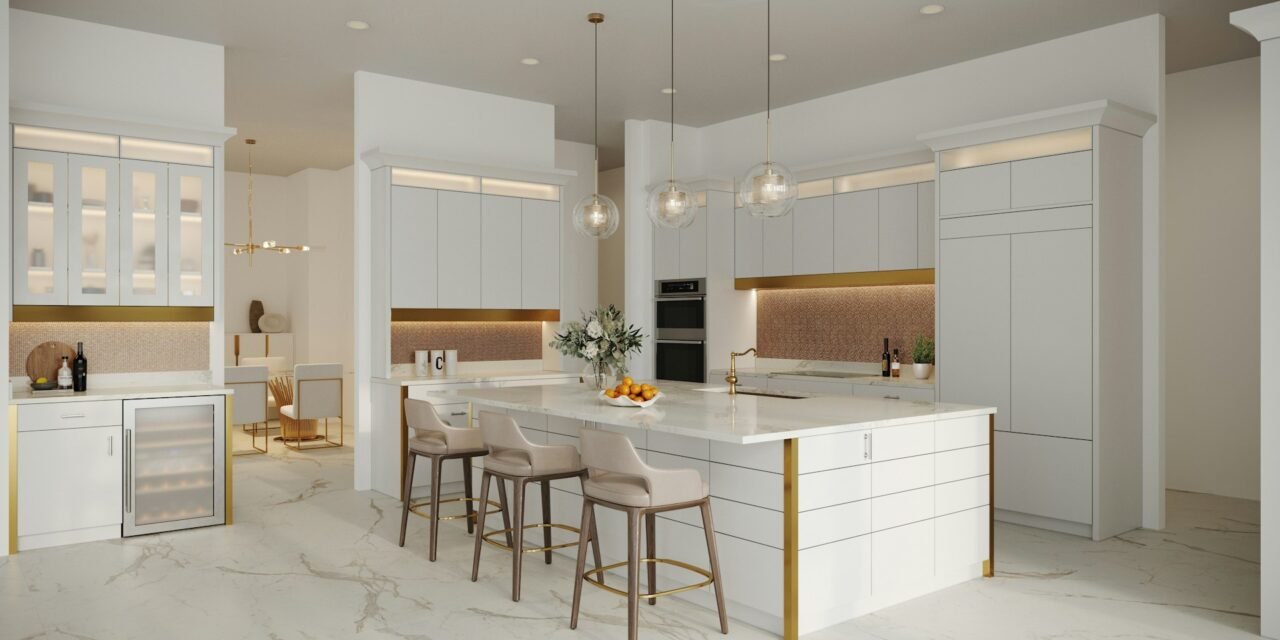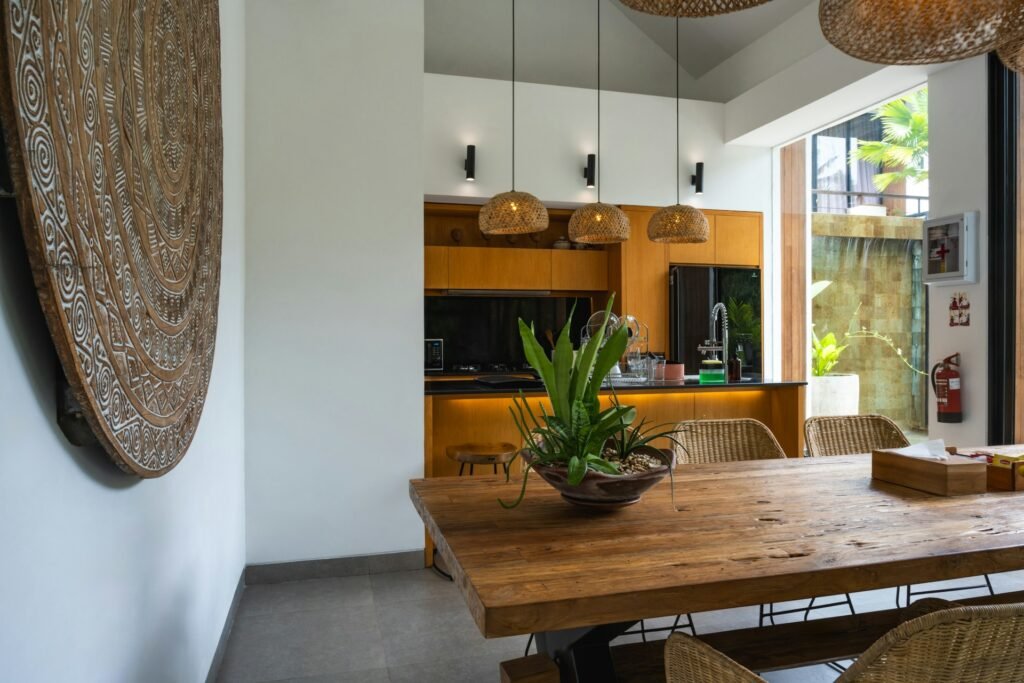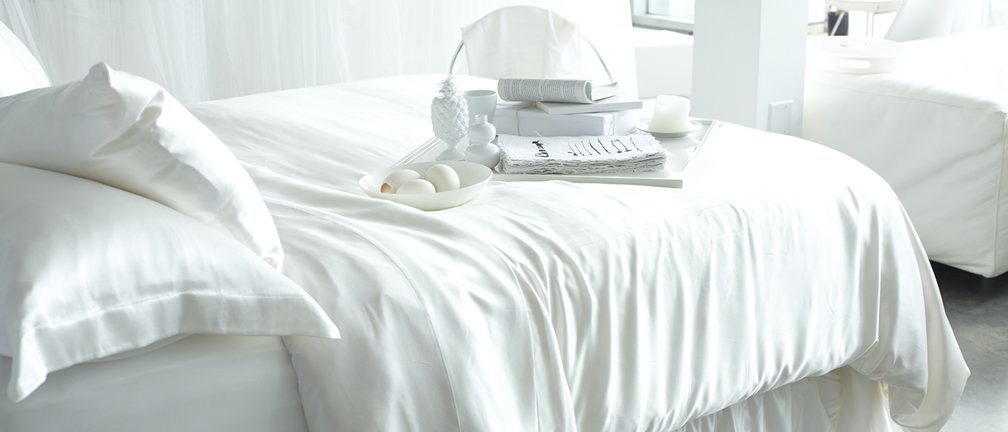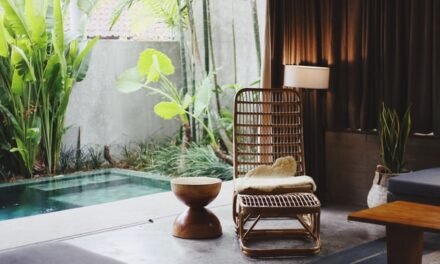
The Intersection of Timeless Design and Modern Luxury

Imagine a space where tradition seamlessly blends with modern luxury, creating an environment that feels both elegant and comfortable. This fusion of timeless design and contemporary innovation offers a unique, sophisticated style that balances classic beauty with modern convenience. By incorporating vintage furnishings with advanced technology or combining architectural details with minimalist decor, you can curate a living space that feels luxurious, lived-in, and truly personal. This approach allows you to enjoy the charm of the past while embracing the sleek lines and features of today.
Defining Timeless Design
Timeless design captures the essence of simplicity, elegance, and functionality that never goes out of style. It draws inspiration from iconic figures and classic principles that resonate across generations.
Principles of Timeless Design
Timeless design revolves around a few key principles. Simplicity is essential; designs are clean and free of unnecessary embellishments. Durability ensures that items stand the test of time, both in terms of materials and aesthetic appeal. Functionality is crucial, with designs focused on practical utility. Neutral colours often dominate, offering flexibility and wide appeal. Attention to detail is paramount, as even the smallest features can elevate a design from ordinary to exceptional.
Icons of Timeless Style
Certain figures and pieces epitomise timeless design. Coco Chanel revolutionised fashion with her creations that emphasised comfort and elegance. The Eames Lounge Chair remains a symbol of sophisticated comfort and modernism. The Rolex Submariner is another example, offering enduring style and precision. Architectural icons, such as the Pantheon in Rome, also represent timeless design with their lasting influence and structural integrity.
The Essence of Modern Luxury
Modern luxury combines cutting-edge technology, meticulous craftsmanship, and the latest trends to create a unique and sophisticated experience. It’s about blending style and function to enhance your daily life.
Trends in Contemporary Luxury
Luxury today isn’t what it used to be. It’s shifting towards minimalistic and sustainable designs that offer a sense of tranquillity. Sustainable luxury is gaining popularity. People are opting for eco-friendly materials and ethical practices.
Personalisation is also a significant trend. You can now customise almost anything to reflect your unique taste. Whether it’s bespoke furniture or tailored services, the focus is on individuality.
Lastly, smart homes are a big deal. Voice-activated assistants, automated lighting, and climate control systems make everyday life easier and more comfortable.
Technology and Comfort
Technology plays a crucial role in modern luxury. It’s about creating a seamless experience that enhances your comfort. Imagine waking up to your favourite music, with curtains that open automatically. Smart home systems can personalise your environment to fit your preferences.
Wearable tech is also an important aspect. Luxury brands are incorporating technology into their products. Think of smartwatches that not only tell time but also monitor your health.
Additionally, high-end home entertainment systems are evolving. With the latest advancements, you can have a cinema-quality experience right in your living room.
Craftsmanship and Detailing
Craftsmanship remains at the heart of luxury. The attention to detail in handcrafted items adds an unmatched level of quality and uniqueness. When you invest in luxury, you’re investing in time-honoured skills and fine materials.
Artisanal methods bring a certain authenticity that mass-produced items lack. Every stitch, every cut, and every finish is done with precision and care.
Limited editions and one-of-a-kind pieces are highly valued. These items often feature distinctive details and superior construction that set them apart. It’s these small touches that make luxury so special to you.
Integrating Innovation with Elegance
Melding modern advancements with timeless design requires a keen eye for both detail and aesthetics, ensuring that neither technology nor beauty overshadows the other.
Balancing Aesthetics and Technology
Creating a harmonious blend between aesthetics and technology means prioritising seamless integration. Smart home systems, intuitive lighting, and state-of-the-art appliances should blend naturally with the surrounding décor.
The use of 3D rendering can significantly enhance this process, allowing designers to visualise and refine their ideas. For instance, working with an architect in Oxford using 3D rendering can lead to more innovative and visually appealing results.
Furniture and fixtures should serve dual purposes—functional technology and elegant design. Hidden speakers, wireless charging in tables, and automated curtains are just a few examples where sleek design meets cutting-edge technology.
Sustainable Practices in Design
Sustainable practices are essential for modern luxury, reflecting a commitment to both quality and the environment. Incorporating eco-friendly materials, such as reclaimed wood or recycled metal, can add a unique charm while being environmentally responsible.
Energy-efficient technology, like smart thermostats and solar panels, reduces the carbon footprint without sacrificing comfort. Water-saving fixtures and green roofs also play significant roles in sustainable design.
By integrating sustainability with elegance, you can create a home that is not only beautiful and luxurious but also mindful of its environmental impact. The use of sustainable technology and materials is key to future-proofing design and making luxury timeless.
Case Studies and Real-World Examples
By looking at specific projects, you can see how timeless design and modern luxury come together in unique and practical ways. From residential homes to commercial spaces and public installations, each case shows different approaches and techniques.
Residential Projects
In residential design, blending classic elements with modern touches creates a comfortable yet sophisticated living space. Take, for example, an upscale apartment in Manhattan where vintage furniture pieces are mixed with sleek, contemporary lighting fixtures. The addition of stylish area rugs can also help tie these contrasting elements together, offering warmth and texture while complementing both classic and modern designs.
In another project, a mid-century home in California underwent a renovation that maintained its original architectural charm while adding state-of-the-art technology. Smart home systems, energy-efficient appliances, and minimalist décor worked together to preserve both aesthetics and functionality.
Commercial Spaces
Commercial spaces often require a different approach where form and function must align perfectly. A notable example is a high-end boutique in Paris that seamlessly merges Art Deco influences with modern retail design. Marble surfaces, gold accents, and geometrically-patterned floors create an elegant atmosphere, enhanced by interactive digital displays.
Another case worth mentioning is an office building in Tokyo that incorporates traditional Japanese design elements, such as shoji screens and tatami mats, alongside cutting-edge tech infrastructure. This combination fosters a work environment that is both serene and forward-thinking, appealing to both employees and clients.
Public Installations
Public installations offer a broader canvas for blending timeless design with modern luxury. Millennium Park in Chicago houses the Cloud Gate, popularly known as “The Bean.” This public sculpture, with its reflective stainless steel, nods to both modern architectural trends and timeless artistic forms.
In Europe, the Louvre Pyramid in Paris stands as a testament to this blend. The pyramid’s glass and steel structure contrasts yet complements the classic French Renaissance architecture of the Louvre Museum. It serves as a functional entrance while also acting as a modern icon juxtaposed against history.
In conclusion
The intersection of timeless design and modern luxury offers an opportunity to create spaces that are both elegant and functional, blending the charm of the past with the innovations of today. By integrating classic elements with advanced technology and sustainable practices, you can craft environments that are not only beautiful but also adaptable to the needs of the future. Whether in residential homes, commercial spaces, or public installations, this harmonious fusion ensures that design remains relevant, practical, and luxurious for years to come.
Feature Photo by Brian Zajac on Unsplash






































